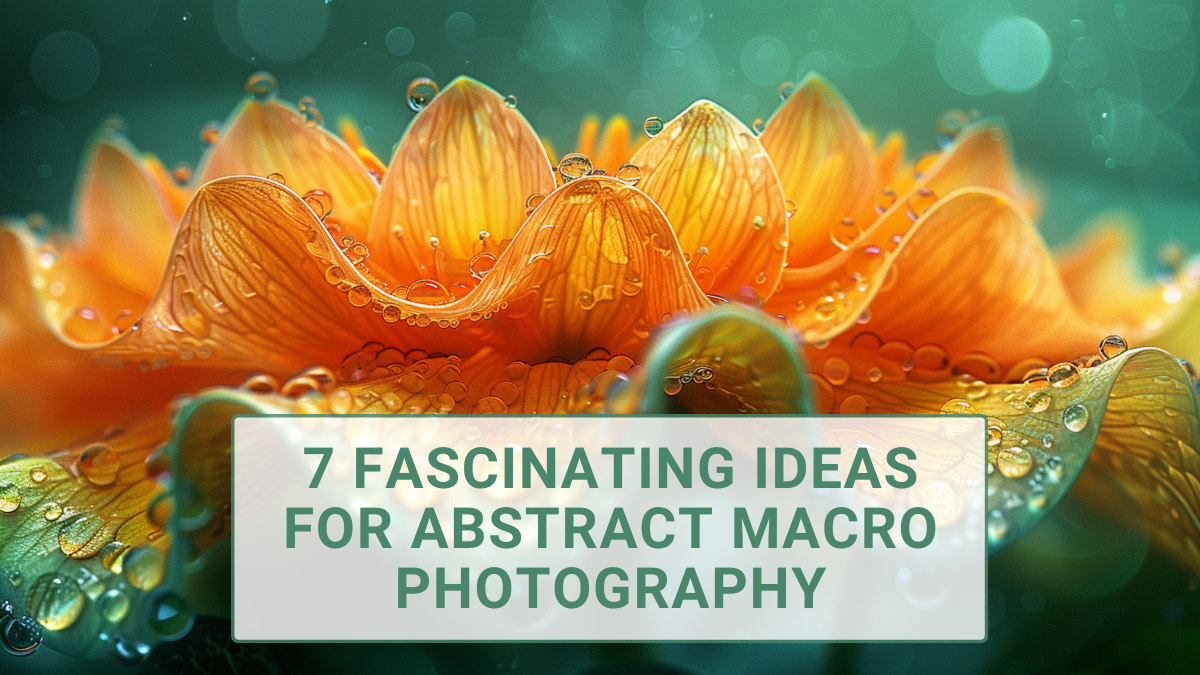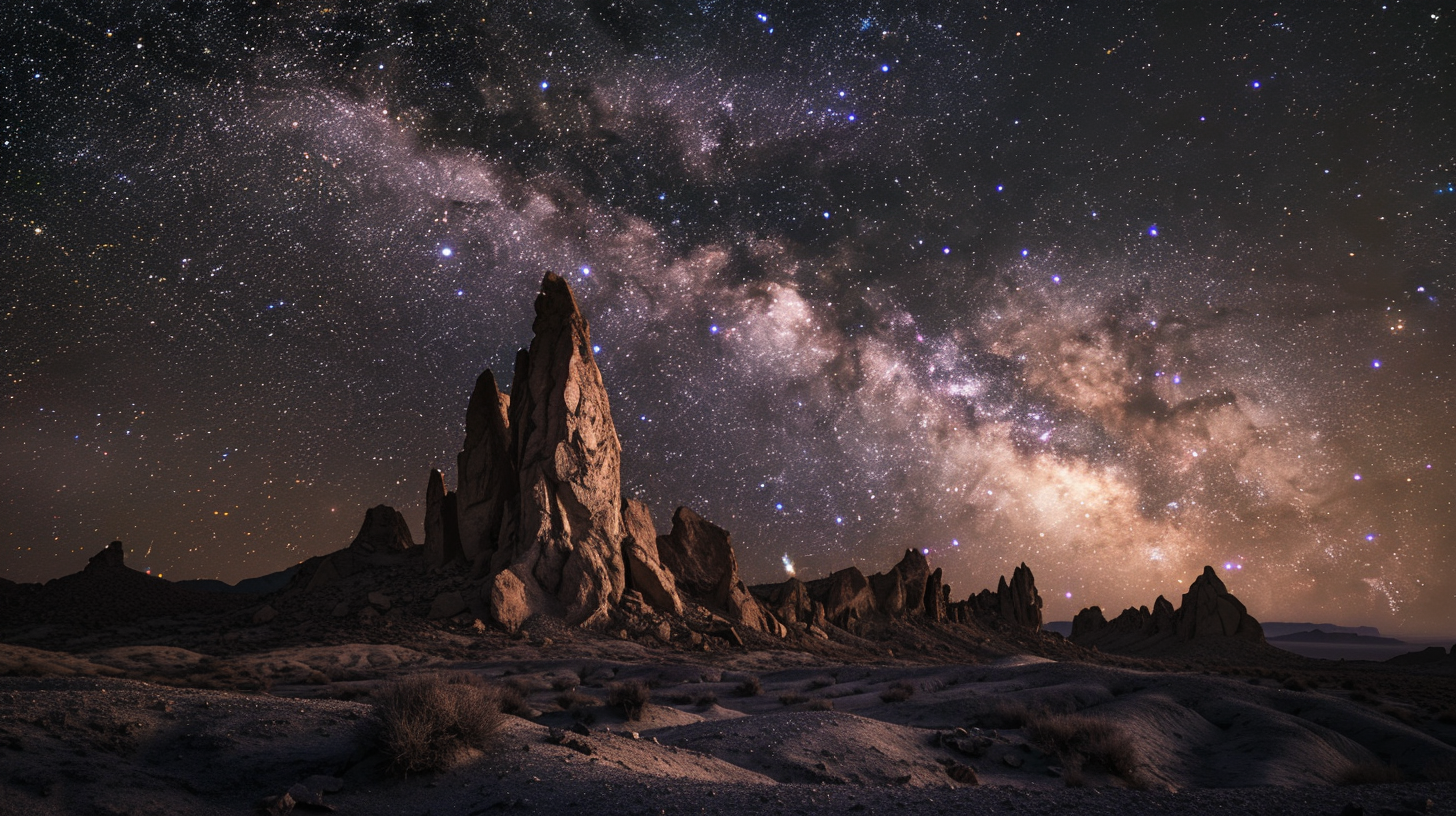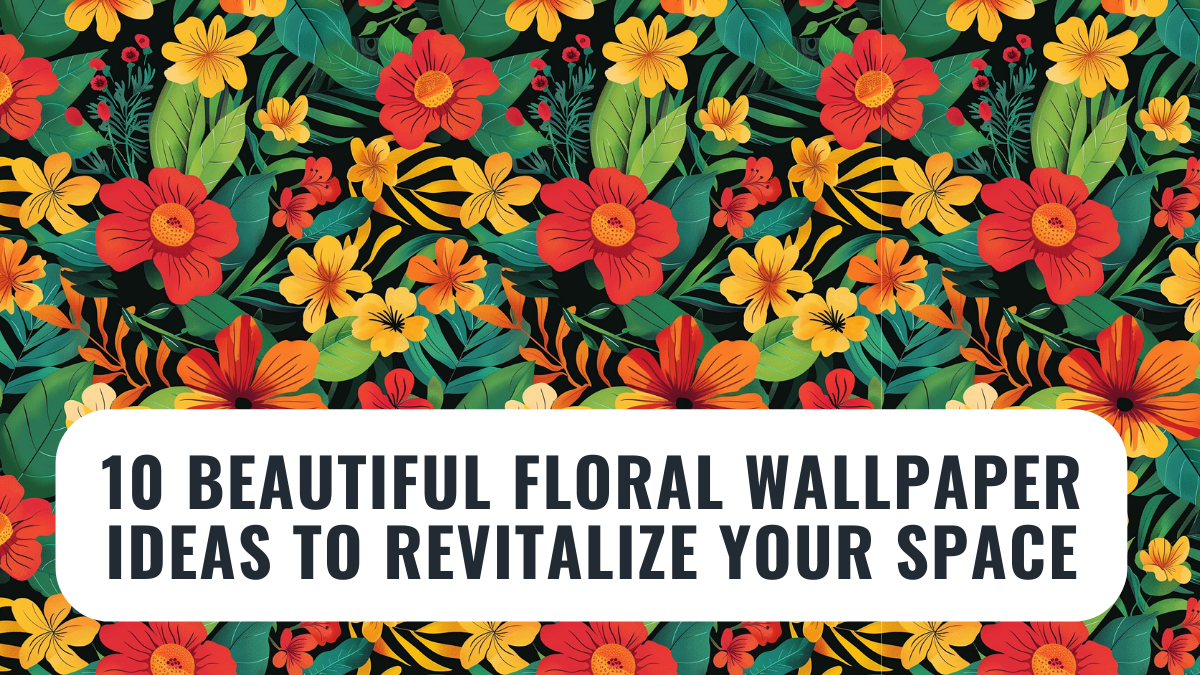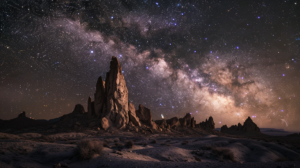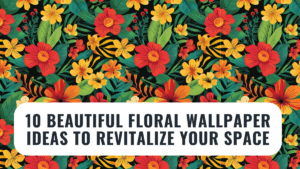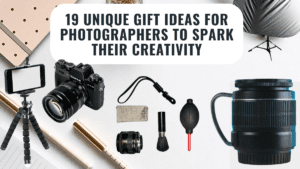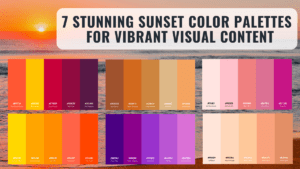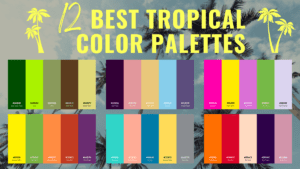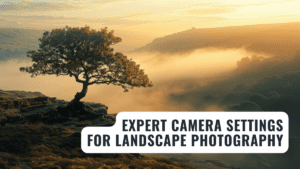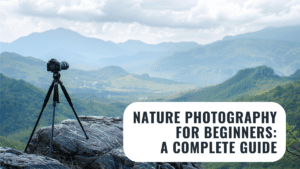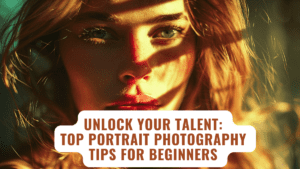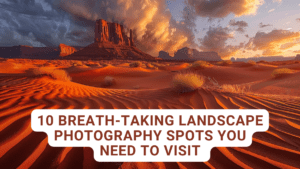Abstract macro photography is a mesmerizing intersection where the minuscule elements of our world are magnified to reveal their hidden beauty, often transforming the mundane into the extraordinary. This niche combines the intricate details captured through macro photography with the imaginative and often surreal approach of abstract art. Whether you’re a seasoned photographer looking to spice up your portfolio or a beginner eager to explore the wonders of the tiny world, here are seven fascinating ideas to get you started on your abstract macro photography journey.
1. Water Droplets on Surfaces
Water droplets act like miniature lenses, refracting and reflecting light in captivating ways. Place droplets on various surfaces such as leaves, glass, or even spider webs, and experiment with different lighting conditions. The key is to focus closely on one droplet or a group of droplets, capturing the unique patterns and colors reflected within them. This not only highlights the beauty of simplicity but also turns everyday scenes into stunning abstract compositions.
2. Textures and Patterns in Nature
Nature is an endless source of inspiration for abstract macro photography. The textures of tree bark, the patterns of leaves, or the intricate designs on insect wings can all become the subjects of your photos. By focusing on a small part of these elements, you can create images that highlight the beauty in the details, encouraging viewers to guess the original subject. This exploration of natural patterns can lead to surprisingly abstract and visually engaging results.
3. Oil and Water Mixtures
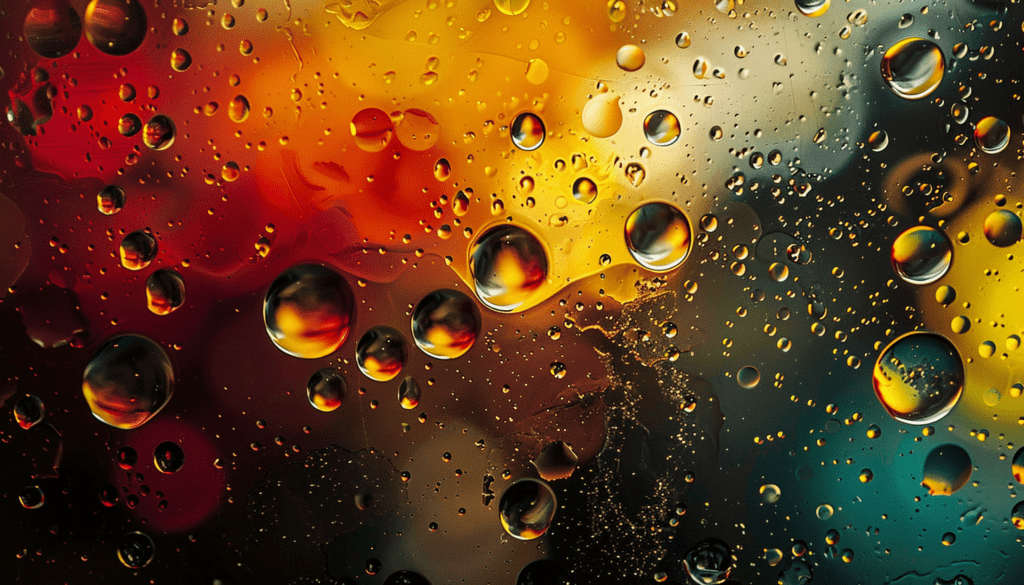 An abstract tapestry of colors: the serene chaos of oil mingling with water, illuminated by a spectrum of light, captured through the lens of macro photography.
An abstract tapestry of colors: the serene chaos of oil mingling with water, illuminated by a spectrum of light, captured through the lens of macro photography.
A simple mixture of oil and water on a glass surface can produce an array of mesmerizing abstract images. Use colored backgrounds or lights to add depth and vibrance to the bubbles formed by the oil. The unpredictable shapes and the way they interact with light can create stunning, otherworldly scenes. This technique requires patience and experimentation with different oil amounts, water depths, and lighting conditions to achieve the perfect shot.
4. Crystals and Ice
Crystals, whether natural or synthetic, offer a fascinating array of reflective surfaces and internal structures. Similarly, ice, with its frozen bubbles, fissures, and the way it plays with light, can produce breathtaking abstract images. Focus on capturing the geometric patterns and the interplay of light within these subjects. This can lead to photos that feel both alien and intimately connected to the natural world.
5. Abstract Light Trails
Playing with light can create some of the most dynamic abstract macro photographs. By moving a light source, such as an LED light or a flashlight, in front of your camera while taking a long exposure shot, you can capture trails of light that dance across the frame. The macro aspect can come from focusing on specific sections of these light trails, magnifying the textures and colors that emerge during the exposure.
6. Bokeh with Everyday Objects
Bokeh, the aesthetic quality of the blur produced in the out-of-focus parts of an image, can be utilized to create abstract macro photographs. By placing everyday objects very close to your lens and using a wide aperture, you can turn these items into beautiful, abstract shapes and colors. This technique is particularly effective in creating a dreamy atmosphere, where the familiar becomes mysterious.
7. Reflections in Bubbles
Soap bubbles offer a unique canvas for abstract macro photography. The swirling colors and reflections seen in the surface of a bubble can be mesmerizing. Capturing the moment where light, color, and reflections converge in the thin film of a bubble requires patience and a steady hand, but the results can be truly astonishing. Experiment with different backgrounds and light sources to enhance the abstract quality of your bubble photography.
Final Thoughts on Abstract Macro Photography
Abstract macro photography opens up a world of creative possibilities, inviting photographers to look closer and explore the beauty in the details that surround us. The key to success in this genre is experimentation and patience. Don’t be afraid to try new techniques, adjust your approach, and most importantly, enjoy the process of discovery. Each of these seven ideas can be a starting point for your abstract macro photography journey, leading you to develop your unique style and perspective. Remember, the best abstract macro photographs often come from the most unexpected places, so keep your eyes open and your camera ready.
